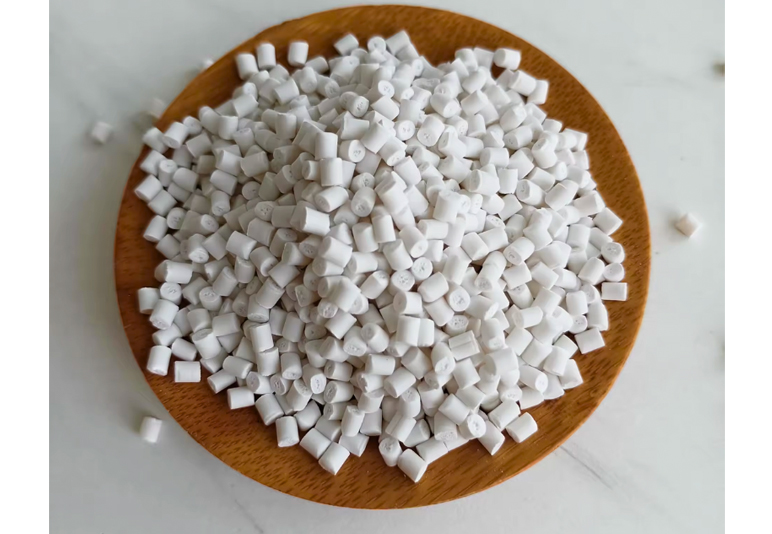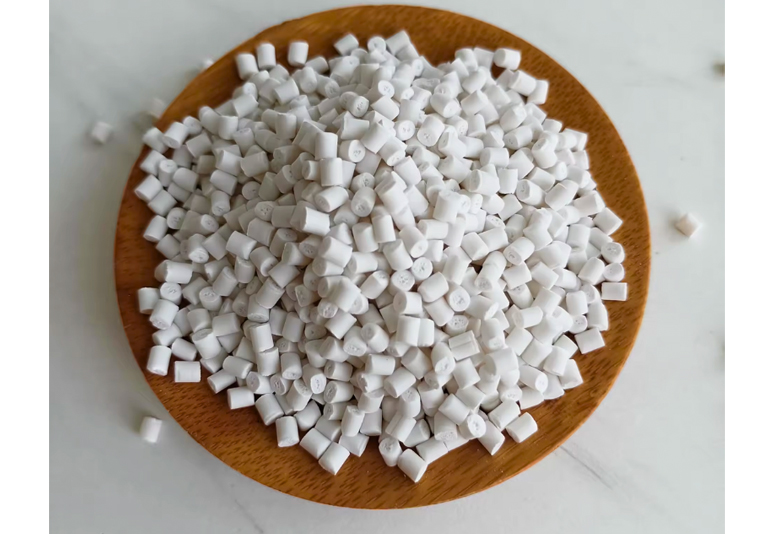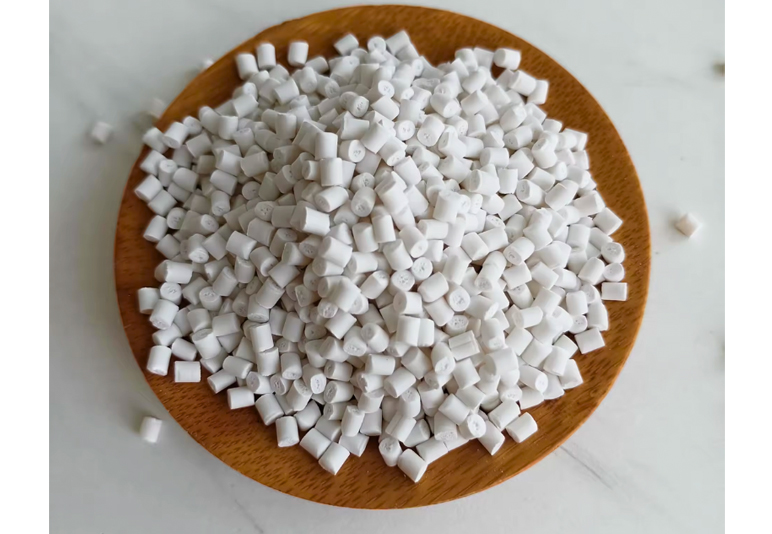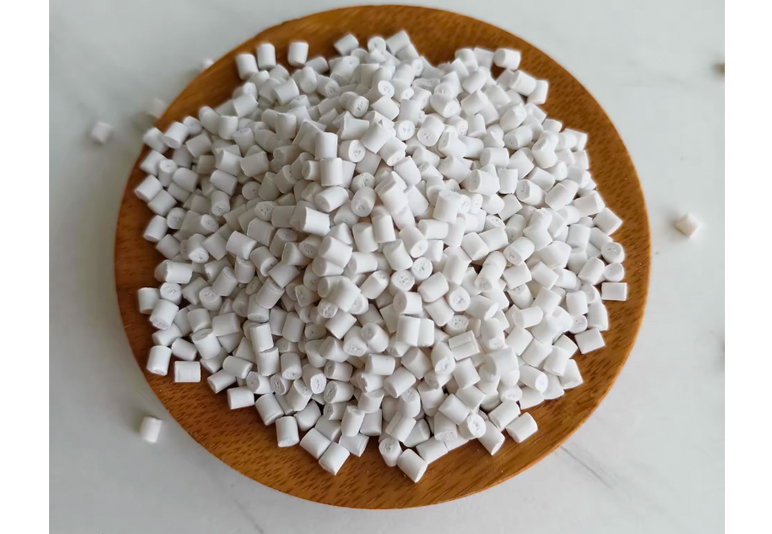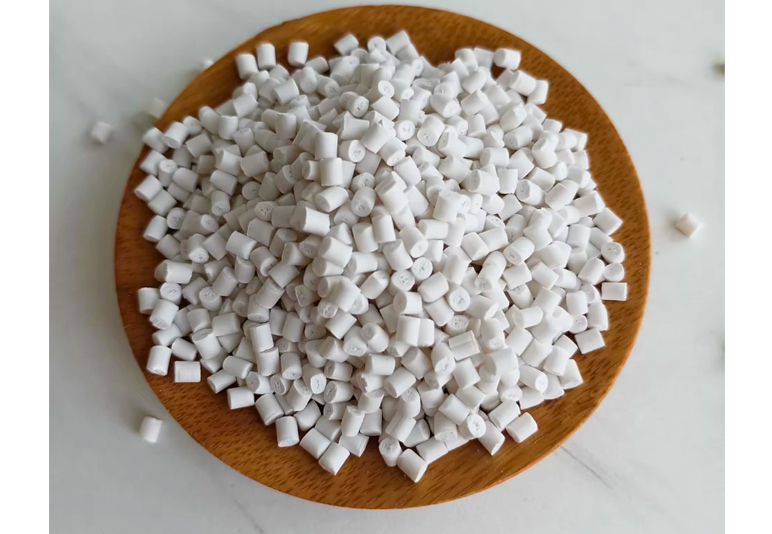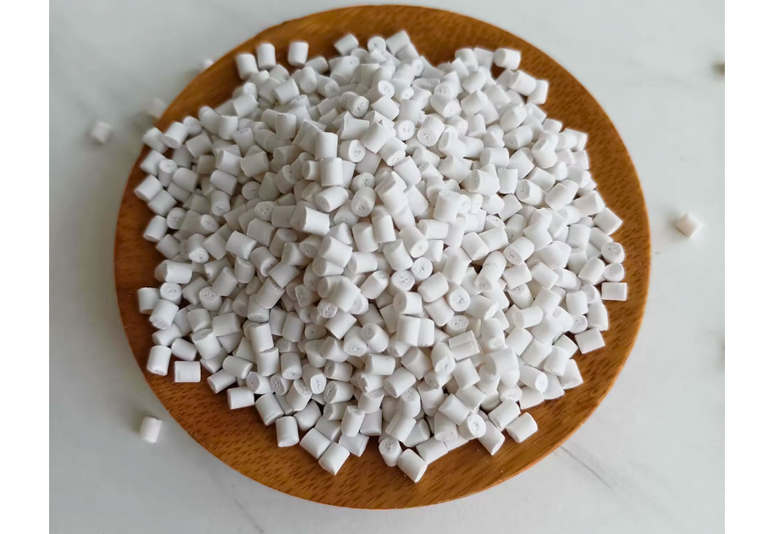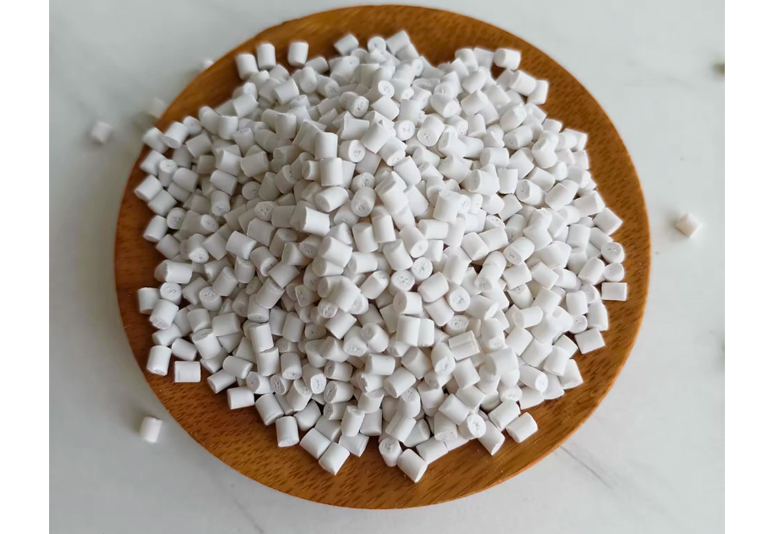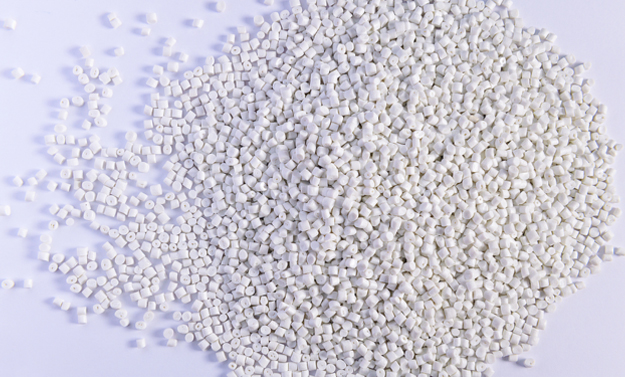English
- Company
-
Products
PP Flame Retardant PowderNon Woven Flame Retardant PP Pipe Flame Retardant Powder PP Sheet Flame Retardant Powder PP Blown Film Flame Retardant Powder PP Fiber Flame Retardant Powder PP Injection Molding Flame Retardant Powder PP Foaming Flame Retardant Powder PP General Flame Retardant Powder PP GWIT Flame Retardant Powder Halogen Free Flame Retardant AdditivePP Flame Retardant MasterbatchNon Woven Flame Retardant Masterbatch PP Pipe Flame Retardant Masterbatch PP Sheet Flame Retardant Masterbatch PP Blown Film Flame Retardant Masterbatch PP Fiber Flame Retardant Masterbatch PP Injection Molding Flame Retardant Masterbatch PP Foaming Flame Retardant Masterbatch PP General Flame Retardant MasterbatchPE Flame Retardant MasterbatchPE Pipe Flame Retardant Masterbatch PE Cable Flame Retardant Masterbatch PE Film Blowing Flame Retardant Masterbatch PE Artificial Plants Flame Retardant Masterbatch PE Safety Net Flame Retardant Masterbatch PE Foaming Flame Retardant Masterbatch PE Tarpaulin Flame Retardant Masterbatch PE General Flame Retardant Masterbatch
- Industries
- Sustainbility
- Resources
- Blog
- Contact Us
 English
English

